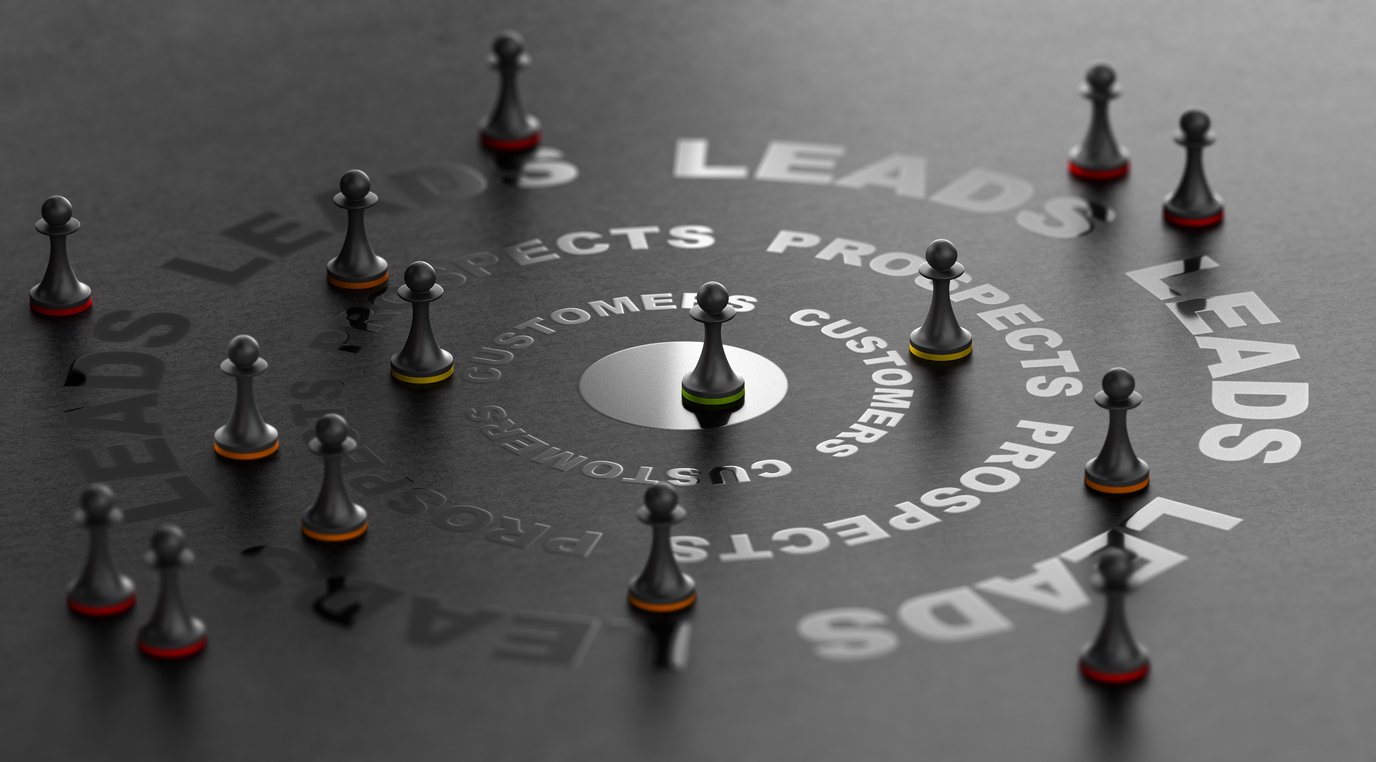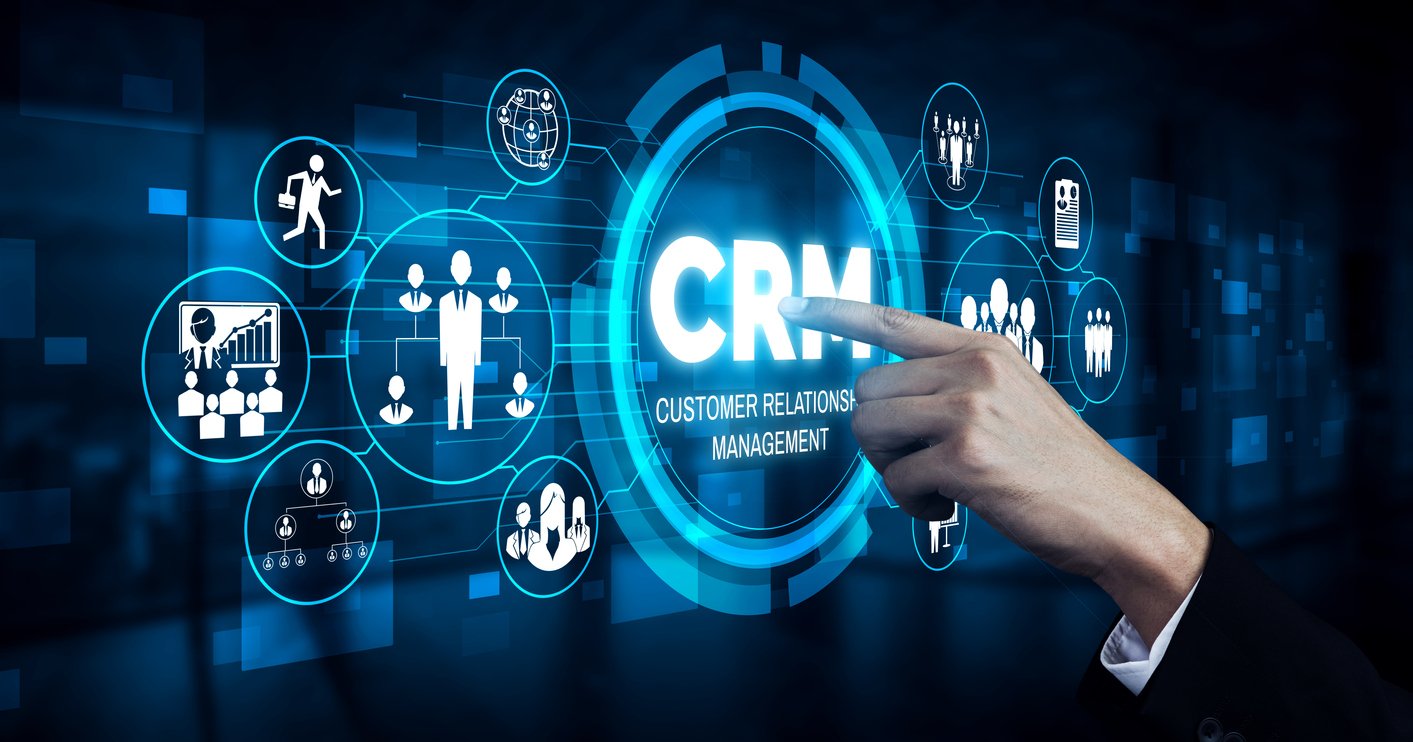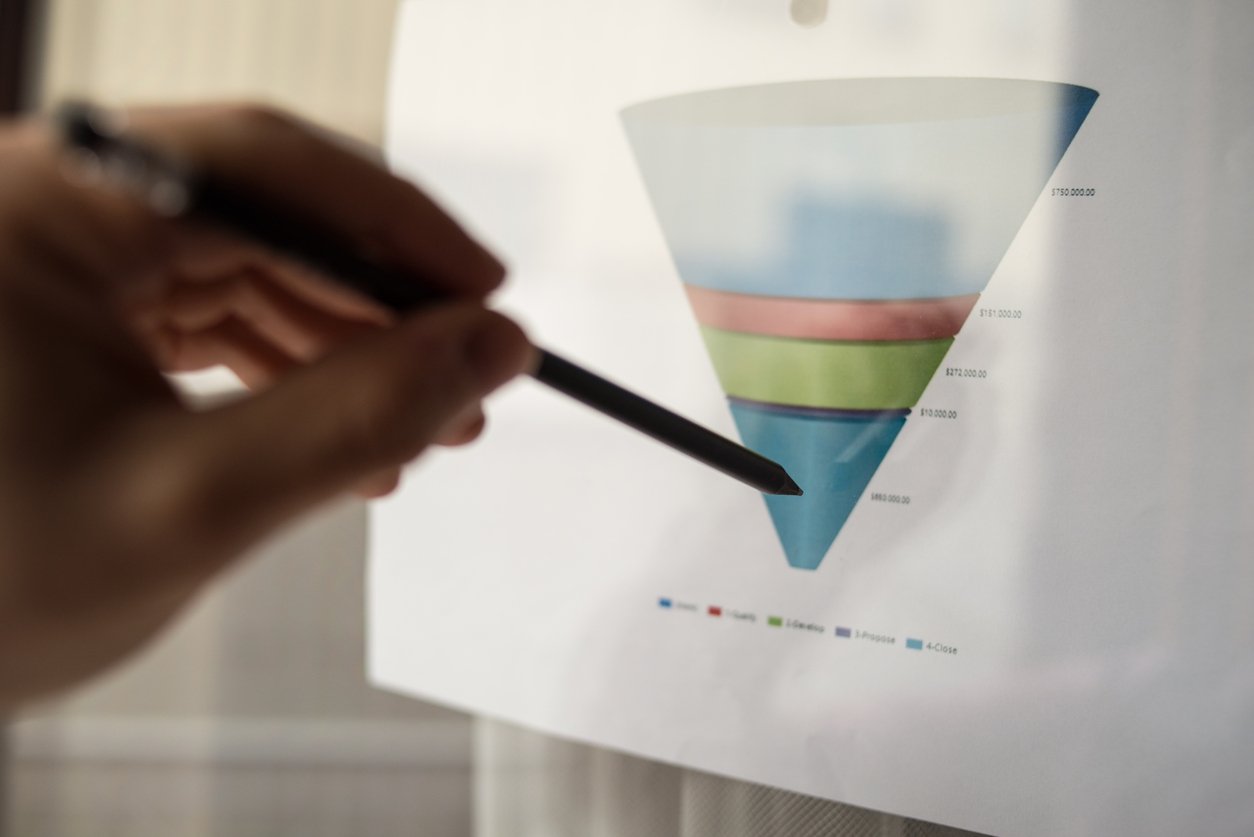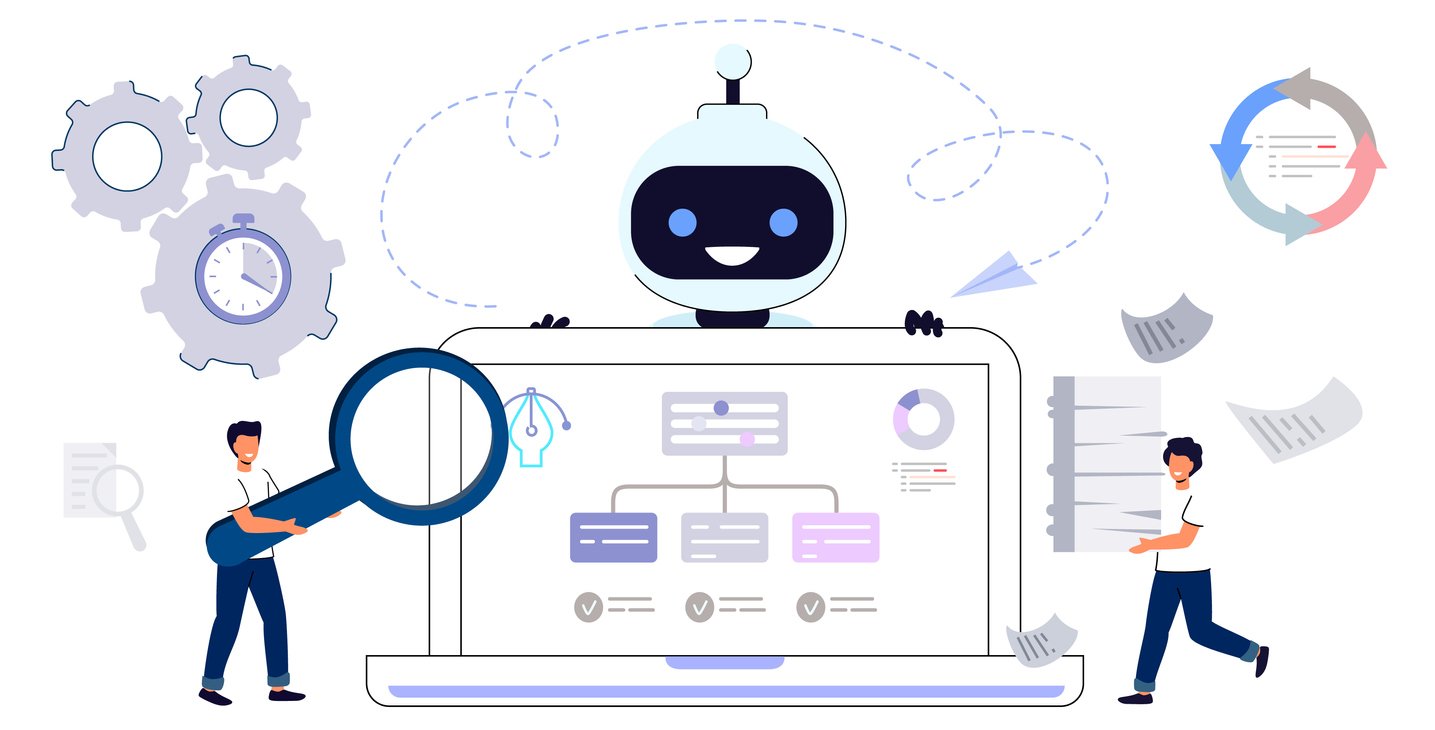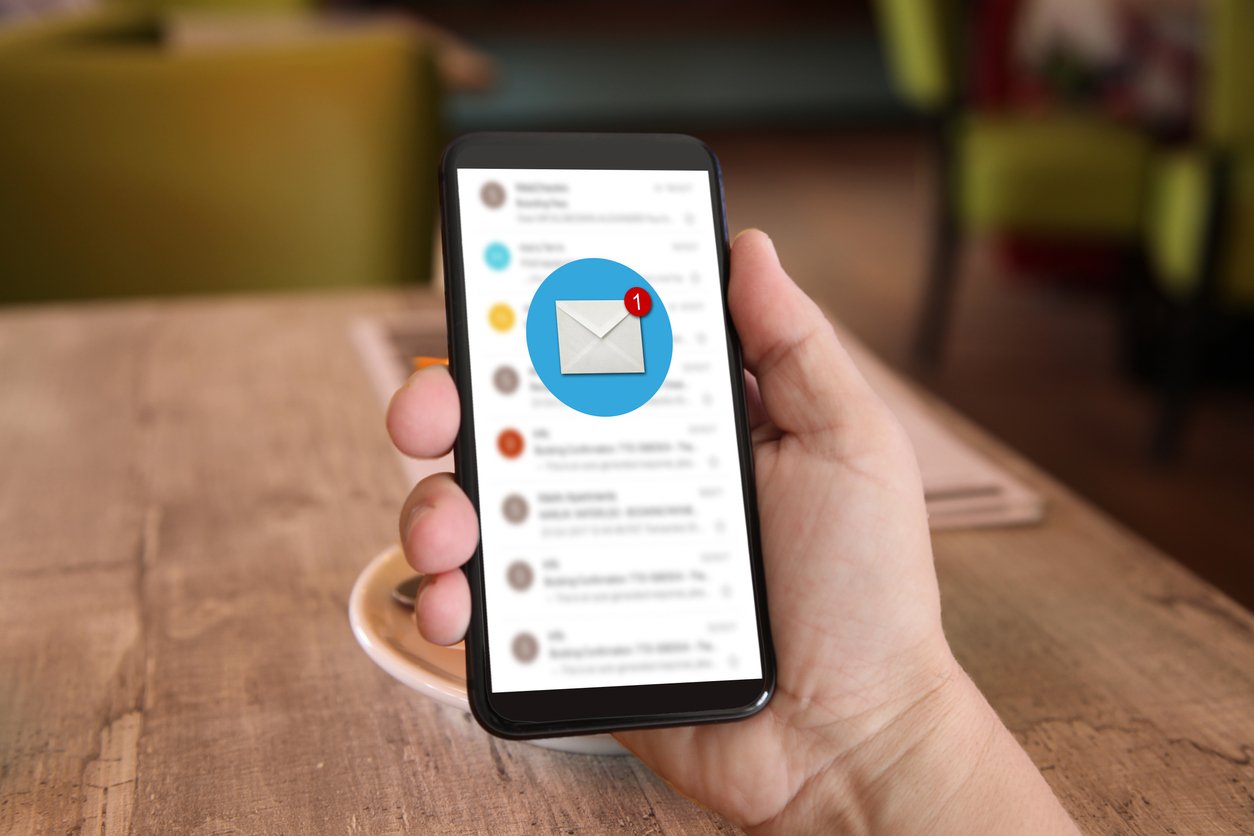
A Comprehensive Guide on Sales Forecasting [2024 Edition]
 Updated on
Updated on
 By Bradley Kovacs
By Bradley Kovacs
Bradley Kovacs
Bradley has been passionate about technology since childhood, starting with Microsoft Flight Simulator at age six. In college, he automated his data e...
learn more
Bradley Kovacs
Bradley has been passionate about technology since childhood, starting with Microsoft Flight Simulator at age six. In college, he automated his data e...
Table of Contents
Table of Contents
Psst. Hey, you.
Just started a business? Or planning on starting one soon?
That means it's time for sales forecasting.
While Indiana Jones seems perfectly fine with wandering into the unknown, you, unfortunately, can't rely on an uncanny ability to get yourself out of tough situations as he can.
That's why sales forecasting exists. It provides a way for businesses to use both internal and external data to predict how sales will pan out, rather than relying on intuition.
Ready to get started?
What Is Sales Forecasting?
All of the processes, analysis, and methodology that go into estimating future revenue that your company may generate in a given period of time make up the sales forecasting definition.
This report helps sales managers and other stakeholders ensure that sales goals and targets are being met and if an issue pops up, correct it before it becomes a long-term problem.
A sales forecast report typically includes specific information about the past performance of sales teams and individual salespeople, alongside revenue data for weekly, monthly, quarterly, or annual time periods.
It's important to remember that successful sales forecasting is an ever-changing process. As you create more reports, you'll start to notice trends, patterns, and other details that you'll recognize as important for your company to focus on. In other words, don't sweat it if your first sales forecast isn't the most accurate; it'll get refined over time.
Who is Responsible for Sales Forecasting?
Typically those who are in more senior positions will be responsible for forecasting sales. These positions include:
- Sales development managers
- General sales managers
- Senior salespeople
People in these positions tend to be more in tune with overall sales performance and overseeing the sales process, and are usually responsible for identifying issues and streamlining the sales process to make it as efficient as possible.
Why Is Sales Forecasting Important?
Every business wants to have the best chance of being successful. With sales forecasting, businesses in every category and industry can estimate potential success or failure by using cold hard data to give them an objective view of how their business is predicted to perform.
In a nutshell, the main purpose of a sales forecast is to answer the following questions regarding sales in a given time period:
- How much money will my business earn?
- What products or services are the main focus for sales?
- Are our sales goals realistic and attainable?
- Are sales teams and reps meeting their sales targets?
- How are prospects moving through the sales funnel? Are they dropping off at certain points? How and why are they converting?
The answers to these questions can help a business set itself on a realistic path forward, rather than relying on intuition.
Sales Forecasting Accuracy

It's really no surprise that sales forecasts can be woefully inaccurate. Fewer than 25% of sales organizations have a sales forecasting accuracy of 75% or greater, highlighting a big problem with how inaccurate interpretations can lead to lost sales.
So what do you need to assist with accurate sales forecasting?
- Quality data
- A set of predetermined metrics
- A standardized and structured sales forecasting method
- Avoid being too subjective with data interpretation
Quality Data
Accurate, quality data is essential for sales forecasting accuracy. Manually keeping track of leads using spreadsheets or Word documents doesn't often cut it, as there is tons of room for errors. These days, many businesses use a sales CRM like Ringy to store and manage customer data.
With Ringy, each lead has its own dashboard. This means that any updates or changes to the lead information are done in one place, helping to ensure data accuracy. This means that when you generate a sales forecasting report with data from Ringy, you know you're getting the latest data.
A Set of Predetermined Metrics
If your sales forecasting analysis includes different metrics every single time, then you're not going to be able to identify trends and patterns with your sales data. On the other hand, if you choose metrics that are difficult to influence, then moving the needle on your sales is going to be tough as well.
The answer is both to track the same metrics every time, and also choose metrics that give you actionable information.
Actionable metrics can include:
- Number of qualified leads entering your sales funnel
- How far leads are getting in your sales funnel
- The value of leads based on where they are in your sales funnel (a 50K lead about to close might be worth more than 100K lead that's still at stage one)
- Sales milestones (e.g. if sales data suggests that a lead that's sent a welcome email is 80% more likely to move to the next stage in the sales funnel, ensuring that happens with every lead)
A Standardized and Structured Sales Forecasting Method
Consistency is key in sales forecasting. If you're changing up the method of how data is collected and analyzed every time you're creating a report, then the end result is going to be inaccurate data.
Instead, use the same process every time, which likely means you'll have to write out a step-by-step outline of how to complete a report to keep yourself on track. In addition, you'll want to format your report the same way every time so that you know that you haven't missed anything important, and so it's easier to compare previous reports and look for patterns and trends. Ringy's reporting feature allows you to download the reports with the same metrics every time, so you can easily compare current and past information.
Avoid Being Too Subjective with Data Interpretation
We get it. It's easy to look past the cold hard truth that numbers provide and come away with the conclusion that yeah, I can totally close hundreds or thousands of sales, no problems at all. A research study by CSO Insights even found that 47% of salespeople are too subjective when they evaluate their ability to close sales, overestimating their ability to push people through the sales funnel.
But the reality is that the numbers don't lie. Setting unrealistic or overly ambitious goals doesn't do anything but result in disappointment when the next sales forecasting report is created. Setting unrealistic sales goals can affect sales motivation within a sales team. If reps are never meeting goals because they're too lofty, they'll eventually stop trying at all.
Sales Forecasting Process

Before creating your sales forecast, it's a good idea to take a step back and look at your entire sales process from start to finish.
This means ensuring that you have a complete understanding of who your customers are, what steps your customers have to go through to buy your product from beginning to end, and what factors could affect the data in your sales forecast.
In other words, a good sales forecasting process should follow these steps:
- Track your business data
- Define your sales goals
- Choose the metrics that you want to measure
- Choose a forecasting method
- Consider external factors affecting your sales forecast
Track your Business Data
Before you can even start thinking about creating a sales forecast, you need to have data to go off of. Even basic information about your sales numbers will suffice, including the total number of units sold, units returned or canceled, and total revenue for each product. If you want to get a bit more in-depth, you can add additional metrics for churn, downgrades, and more.
Define your Sales Goals
Do you want to sell more of a particular product? Do you want to streamline your sales process? It may seem obvious, but understanding your sales goals before creating a sales forecast report will help you focus on the information you need.
Choose the Metrics that you Want to Measure
Standardizing the metrics that you'll measure in your sales forecast report ensures consistency, and will give you a better understanding of what's working and what isn't over time. Sometimes, you'll want to create a sales forecast that predicts sales for a new product launch. Other times, you'll want to track sales analytics that inform your sales process, like how long it's taking for a deal to close or the individual value of each prospect that converts. This means you might need to have more than one sales forecast.
Choose a Sales Forecasting Method
There are two main forecasting methods, top-down and bottom-up (which we'll go into more detail about in the next section). The top-down method looks at the total size of the market your business serves and helps you figure out how much of that market you might be able to gain. The bottom-up approach focuses more on using internal metrics to determine how much revenue your company is likely to earn in a given time period.
Consider External Factors Affecting Your Sales Forecast
If you want more accurate projections in your sales forecast (and who doesn't) then you'll need to consider external factors that could affect your results.
Common ones include:
- Competition. Sales could become more difficult due to increased competition in your target market, so it's important to keep an eye on the competition and consider that they could be a factor affecting your overall sales.
- Changes in audience behavior. Your audience isn't static, they change over time as new information and other factors emerge that change their typical behavioral patterns. For example, COVID-19 changed the conversation around remote work, meaning more people are opting to stay home and work rather than commute to the office. If you're selling bus passes to companies for their workers, this new trend is likely to affect your sales.
- Seasonality. Most businesses see booms and busts throughout the year, so understanding how seasonality affects your sales is paramount. For instance, sales for a B2B SaaS company may fall during the winter holidays due to more people taking a vacation.
Sales Forecasting Methods

Before you create a sales forecast, you'll need to ensure that you have enough information to make informed decisions about your future sales.
There are two main methods of sales forecasting:
1. Top-Down Sales Forecasting
With a top-down sales forecast, you can get a better understanding of the demographics and audience you should be targeting with your product or service.
With a top-down report, you're essentially measuring how much of your target market your business can acquire. This metric is referred to as your total available market (TAM). You start with high-level market data and then work your way down to predict your company's potential revenue growth. This method is great for newer companies that don't have a lot of existing financial data and want to determine where they'll fit within a given market.
2. Bottom-Up Sales Forecasting
With bottom-up sales forecasting, you're using more information from your business itself to see how you can compete in your target market, and less outside information about the entire market itself.
In other words, bottom-up forecasting focuses on using internal company data (including sales data) to work up to estimated revenue, like a reverse funnel. This method can be used for both new and well-established companies, but the more historical company data you have to work with, the better.
Not all sales forecasting methods are created equal. If your sales process is more complex, then your forecast will likely need to provide more data analysis. If your sales process is more straightforward, then your sales forecast will follow suit.
In other words, there's no specific right or wrong way to create your sales forecast method, and experimenting with different sales forecasting methods might be what you need to find the perfect one for your business.
A typical sales forecast will focus on the following elements:
- Historical sales data. You can't know how to accurately move forward with your sales without looking at the past. Historical sales data provides valuable information as to where your sales are strongest and weakest. Your historical sales data can also give you insight into external factors that may affect your sales, like seasonality.
- Sales pipeline management. How your customers move through your sales pipeline, including how they enter it, where they drop off, what makes them convert, and where your salespeople intervene gives you a good overview of what's happening with your sales process. By understanding your sales pipeline, you can more accurately predict where future sales will happen or not happen, such as with a new product launch or with a change to your sales process.
- Multiple variables to measure. It's smart to consider multiple variables in your sales forecast. After all, if it's too simplistic, then you're likely not getting enough information to really make an impact on your sales. Instead, incorporate elements that make sense to your business, like intelligent lead scoring, as well as relevant microeconomic factors (e.g. competitors, shareholders, suppliers) and macroeconomic factors (interest rates, industry growth rates, international trade).
- Market research and analysis. This includes industry reports, economic indicators, competitor analysis, and customer surveys. Market trends significantly influence sales. For instance, a growing economy can lead to increased consumer spending, while industry-specific trends (like the rise of e-commerce) can impact sales patterns. Stay updated on relevant trends to adjust your forecasts accordingly.
- Sales rep projections. Your sales team can provide projections based on their knowledge of customer behavior, market conditions, and pipeline activity. It's also important to combine their projections with objective data. This helps to avoid biases and ensures that your forecast is grounded in reality. Consider using statistical methods to analyze historical sales data and identify trends that can be used to validate or refine sales rep projections.
- Time series analysis and regression models. Time series analysis and regression models can analyze historical sales data to identify patterns, trends, and seasonality. By understanding these patterns, you can predict future sales with greater confidence. Time series analysis can also help you identify trends, such as steady growth or decline. It can also reveal seasonal patterns, like increased sales during the holiday season, and cyclical patterns, such as fluctuations related to economic cycles.
Types of Sales Forecasting
It's no surprise that different business types will observe different ways of sales forecasting. After all, every business is trying to predict how many customers will buy from them, and the best way to do that is to look at the unique patterns and trends that make sense for their industry.
Let's take a closer look at some common types of sales forecasting for different industries.
Retail Sales Forecasting
In retail sales forecasting, retail business owners are trying to predict sales by using their existing data as a basis for predicting and recognizing changes in consumer behavior. Retail sales forecasting methods often include identifying purchasing patterns, recognizing seasonal trends, and using that data to inform inventory and merchandising.
eCommerce Sales Forecasting
With eCommerce sales forecasting, it's all about estimating how much money the business will have in the future so that problems and opportunities can be identified. Various metrics are typically measured in an eCommerce sales forecast, including conversion rates, traffic sources, competitor analysis, seasonality (periods of high and low demand), and more.
B2B Sales Forecasting
B2B sales forecasting is quite a bit more complex than B2C, as there are often multiple additional factors for consideration in each analysis category. Lead value is one example. With B2C, each customer is typically going to be worth the same, but with B2B, one lead might provide more opportunities for sales than another, like if you were to compare a lead from Amazon to a startup.
Benefits of Sales Forecasting
Sales forecasting provides the following benefits:
Gain a Better Understanding of Your Customers
Sales planning and forecasting gives you a better understanding of your customers, including their purchasing behavior, demographic information, and more. Let's say you created customer personas when your business first started, based on limited information about who you thought your customers were. With sales forecasting, you can use the data you've collected on things like what devices your customers typically use to visit your website, what country they are from, whether they are male or female, what age they are, income level, and more. This will help you refine your understanding of your customers, and therefore be able to better position your products or services as solutions to their pain points.
Better Resource Allocation
Sales forecasts can give you valuable insight into where you can allocate your resources so everything is running as efficiently and smoothly as possible. For instance, let's say historical data shows that the majority of sales occur between 2-3 pm, but half of your sales team is away for lunch during that time. By implementing a schedule that ensures that the majority of your team is available when your customers are ready to buy, you're increasing your chances at making more sales.
Smarter Financial Planning
Every business needs a safety net. Through sales forecasting, you can predict what future income will be, and ensure that enough cash flow is available to pay salaries, maintain inventory, participate in investments, and more.
Sales Forecasting vs Demand Forecasting
The main differences between sales and demand forecasting are outlined in the table below:
|
Sales Forecasting |
Demand Forecasting |
|
Predicts actual company sales for a given time period |
Determines how well a product or service is going to perform in a given market |
In other words, while sales forecasting is more about using current market trends, competitor analysis, customer buying habits, and more to predict a company's overall sales, demand forecasting is looking at whether the customers in a given market are even interested in the product or service in the first place.
Sales Forecasting Tools
At this point, you're probably itching to get started with sales forecasting. As part of our guide, here's a comparison of the best sales forecasting software you can use to help you get started.
Ringy
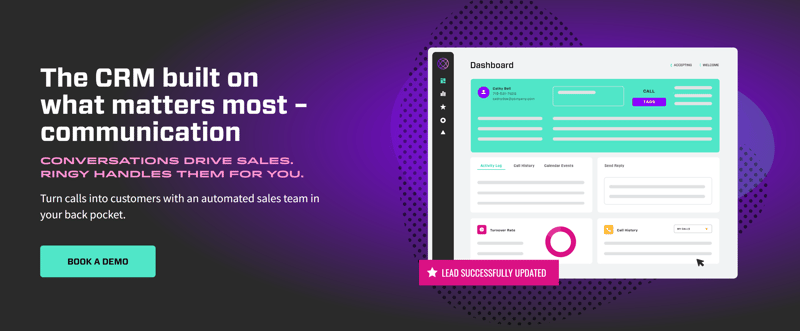
You're likely rolling your eyes right now, but we didn't just choose Ringy because it's our product. Ringy excels at reporting by providing comprehensive dashboards and keeping lead and information organized. This means that when you pull data from Ringy to use in your sales forecast, you'll be sure you're getting the latest information to help you create an accurate report.
Pipedrive
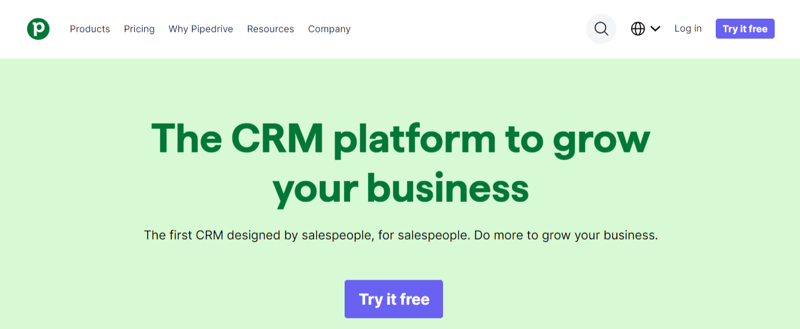
Managing your sales pipeline effectively is the key to a good sales forecast. Pipedrive is effective sales forecasting software because it adapts to your business's unique sales cycle by offering ways to automate and customize your pipeline, like custom filters, stages, and team and individual sales rep information, helping you keep better track of sales and give you more accurate data when creating a sales forecast.
Adaptive Planning

Adaptive planning is a sales forecasting and planning platform. By incorporating automation into your sales cycle, adaptive planning not only eliminates manual data entry, but it also streamlines data collection and ensures that everyone is always working with the same data. You can also plan for the unexpected with “what-if” scenarios and see how your sales would be affected in real-time.
Gong.Io
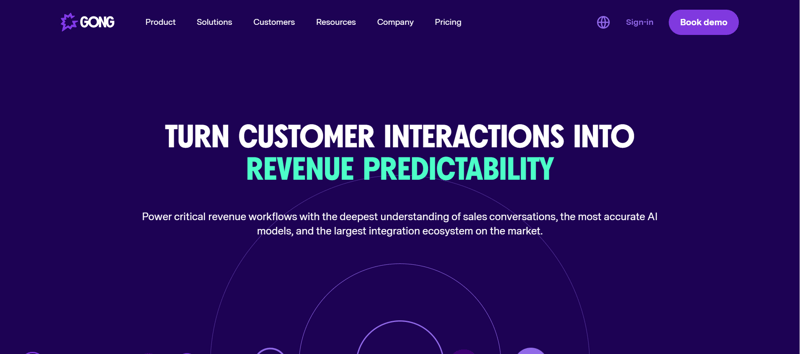
Gong analyzes every aspect of your sales cycle, from how you attract customers to where you fit within your target market and offers specific actionable insights to help you improve sales. It provides full information about your sales team and individual rep performance, helping you highlight where improvements need to be made and celebrate successes. Basically, Gong offers full visibility into your sales process, meaning that you'll get great data to include in your sales forecast.
Best Practices for Accurate Sales Forecasting
Sales forecasting is an ongoing process that requires continuous refinement. By following these best practices, you can improve the accuracy of your forecasts and make better-informed business decisions.
1. Regularly Updating the Sales Forecast to Reflect Current Conditions
Sales data is dynamic, so your sales forecasting model should be too. One common mistake is relying on outdated forecasts, assuming that conditions will remain constant. In reality, market conditions, customer behavior, and internal operations change frequently. To stay ahead, regularly update your sales forecast to reflect current trends and real-time data.
Using sales forecasting software that integrates real-time data is a game changer. These tools allow you to continuously adjust projections based on the latest sales performance, helping you avoid surprises.
2. Combining Multiple Forecasting Methods for a More Comprehensive View
Relying on just one sales forecasting methodology is like looking at a single puzzle piece—you're missing the bigger picture. A smart approach is to combine multiple sales forecasting methods to get a well-rounded view.
For example, using sales rep projections alongside time series analysis and market research provides both qualitative and quantitative insights.
Each method compensates for the weaknesses of others, leading to more reliable forecasts. It's like cross-checking your homework; the more angles you consider, the more accurate your results.
3. Involving Cross-Functional Teams for a Holistic Approach
Your sales team shouldn't be the only one with a say in the sales forecasting process. Involving cross-functional teams—such as marketing, finance, and operations—gives you a more complete view. For example, the marketing team can provide insights into upcoming campaigns that may boost sales, while finance can help forecast the budgetary impact.
Why is this important?
When everyone has input, you're less likely to miss critical factors that could affect your forecast.
4. Monitoring Key Performance Indicators (KPIs) to Refine Forecasting Accuracy
Sales forecasting accuracy is not just about making predictions; it's about constantly refining them. One way to do this is by closely monitoring key performance indicators (KPIs) such as conversion rates, average deal size, and pipeline velocity. Tracking these metrics helps you adjust your forecasts as they provide real-time feedback on how well your projections align with actual sales performance.
For instance, if you notice a dip in your conversion rate, you can recalibrate your forecasting sales model to reflect that change. Keeping a close eye on KPIs ensures you catch deviations early and adjust accordingly, reducing the chances of being blindsided by unexpected results.
5. Utilizing Scenario Analysis for Uncertainty Planning
Even the most accurate sales forecasting tools can't account for every possible outcome. That's where scenario analysis comes in. This technique allows you to prepare for various future possibilities by running “what if” scenarios—what if a key client backs out, or what if a new competitor enters the market?
By incorporating scenario analysis into your sales forecasting model, you can better plan for uncertainty and ensure your business remains agile in the face of unexpected changes.
According to Clevenue, businesses that engage in scenario analysis are four times more likely to meet their revenue targets, even during volatile times.
The Impact of Technology on Sales Forecasting
Technology has revolutionized the way businesses approach sales forecasting. Artificial intelligence (AI) and machine learning (ML) are playing increasingly important roles in improving forecast accuracy, while predictive analytics and big data are transforming the landscape of modern sales forecasting.
Role of Artificial Intelligence (AI) and Machine Learning (ML)
|
Role |
Description |
|
Intelligent Forecasting |
AI and ML algorithms can analyze vast amounts of data, identify complex patterns, and make accurate predictions. These technologies can be used to develop sophisticated forecasting models that can adapt to changing market conditions and improve forecast accuracy over time. |
|
Enhanced Demand Forecasting |
Big data enables businesses to collect and analyze data in real time, allowing for more accurate and up-to-date forecasts. This can be particularly valuable in industries with rapidly changing market conditions, such as retail and e-commerce. |
Predictive Analytics and Big Data
- Data-Driven Insights: Predictive analytics involves using statistical techniques and data mining to identify patterns and trends in large datasets. By combining predictive analytics with big data, businesses can gain valuable insights into customer behavior, market trends, and other factors that influence sales.
- Real-Time Forecasting: Big data enables businesses to collect and analyze data in real time, allowing for more accurate and up-to-date forecasts. This can be particularly valuable in industries with rapidly changing market conditions, such as retail and e-commerce.
The integration of AI, ML, predictive analytics, and big data is transforming the field of sales forecasting. By leveraging these technologies, businesses can gain a competitive advantage, make more informed decisions, and improve overall performance.
Conclusion
As a business grows and gains more customers, sales forecasting becomes more and more important for predicting accurate sales. While nobody can completely predict what the future holds, being able to use past information and insights to make educated business decisions is always a good idea for keeping the business on a fast track to growth.
A big part of creating an accurate sales forecast is having accurate and insightful data. Ringy can track communications, customer accounts, sales rep performance, and more in one easy-to-use and customizable CRM solution. Discover why Ringy is the best alternative to the big, expensive CRMs by scheduling a demo with us today.

Skyrocket your sales with the CRM that does it all.
Calling? Check. SMS? Check. Automation and AI? Check. Effortlessly keep in touch with your customers and boost your revenue without limits.

Take your sales to new heights with Ringy.
Sales in a slump? Ringy gives you the tools and flexibility you need to capture leads, engage with them, and turn them into customers.
Subscribe to Our Blog
Enter your email to get the latest updates sent straight to your inbox!
Categories
Related Articles





















